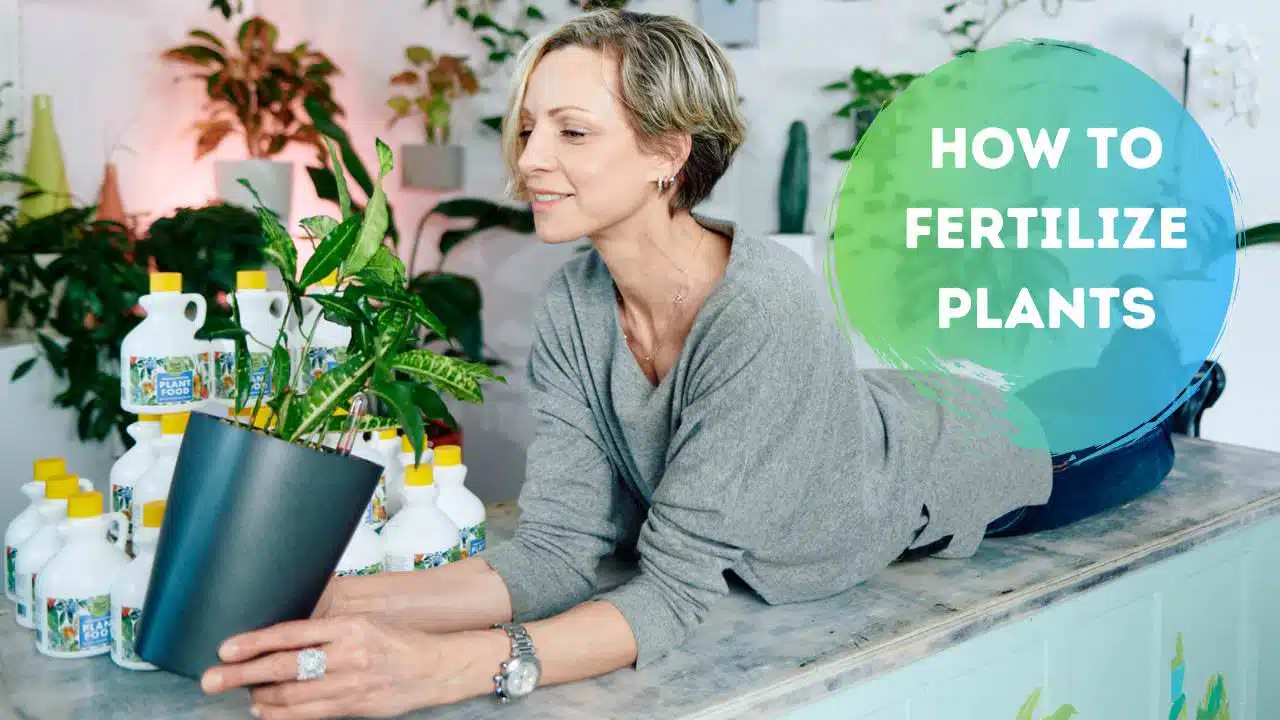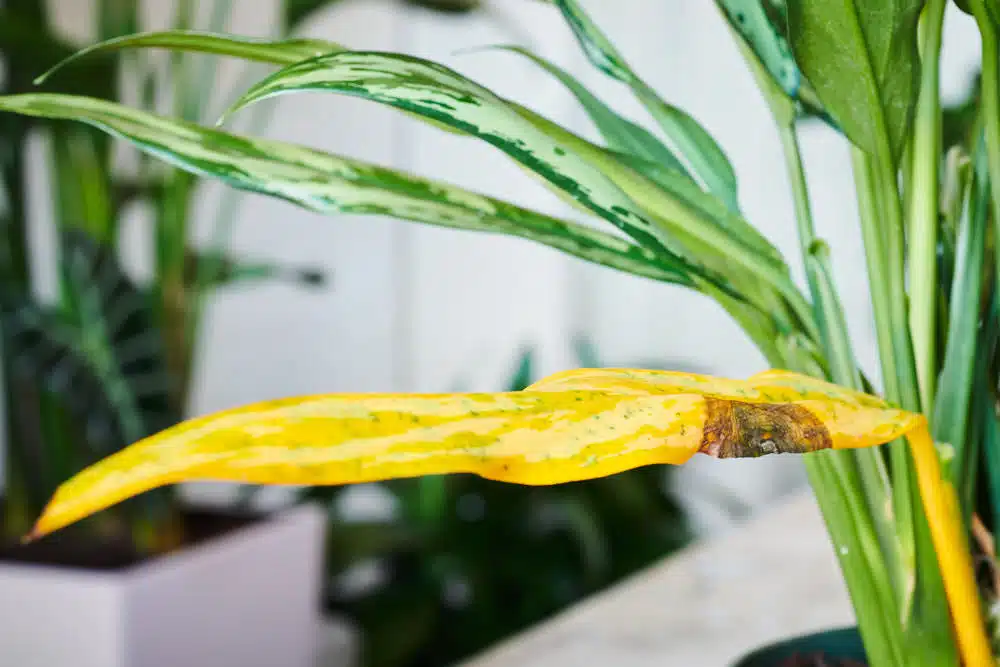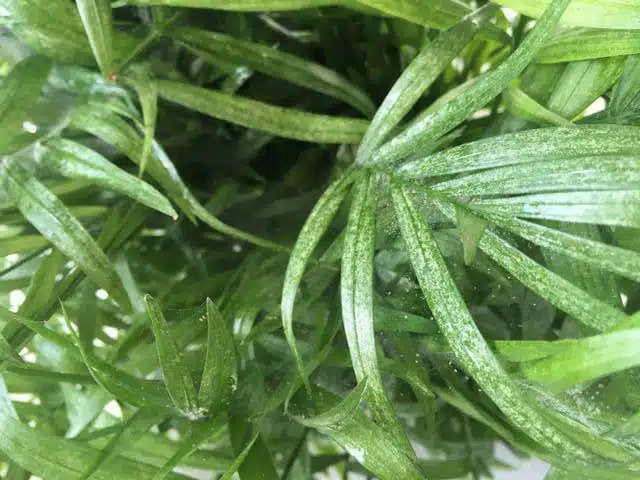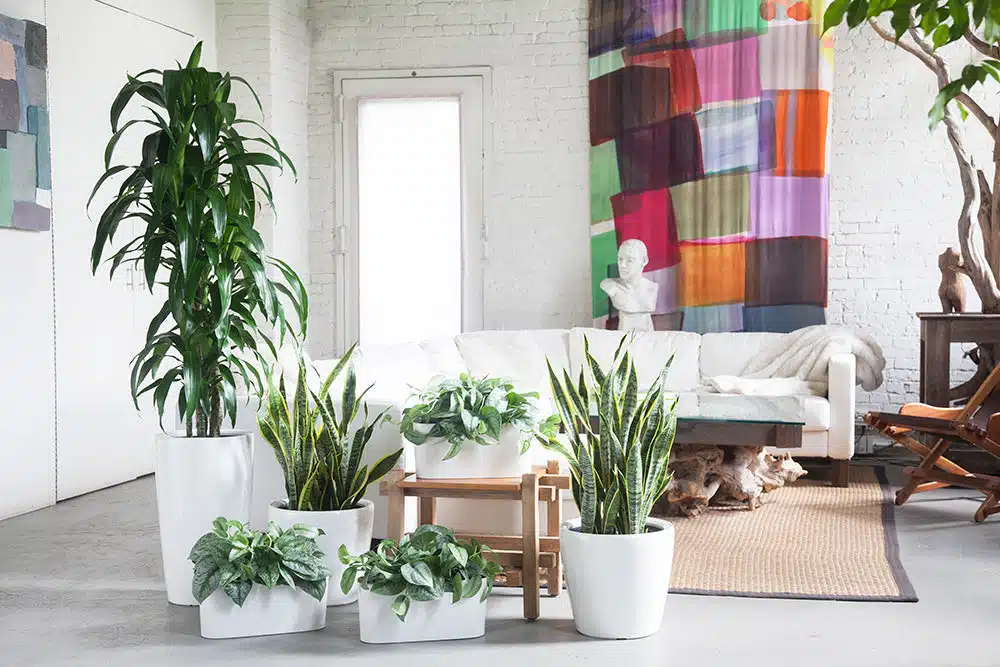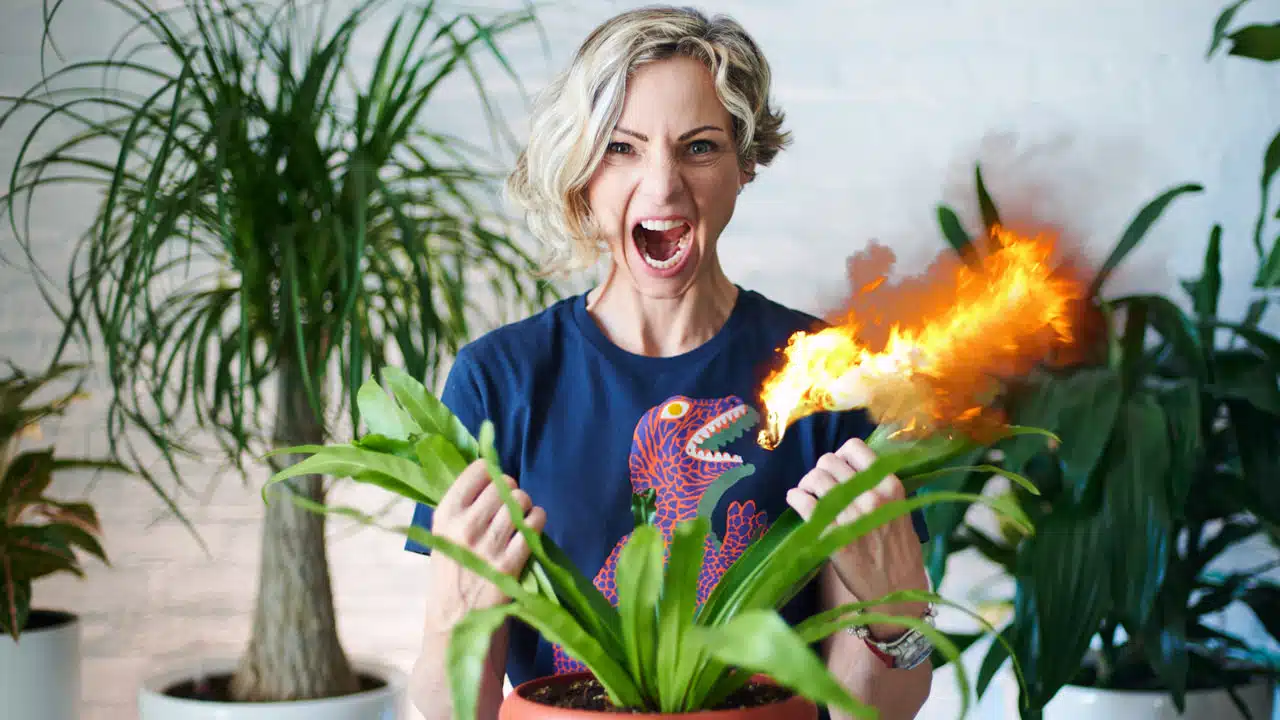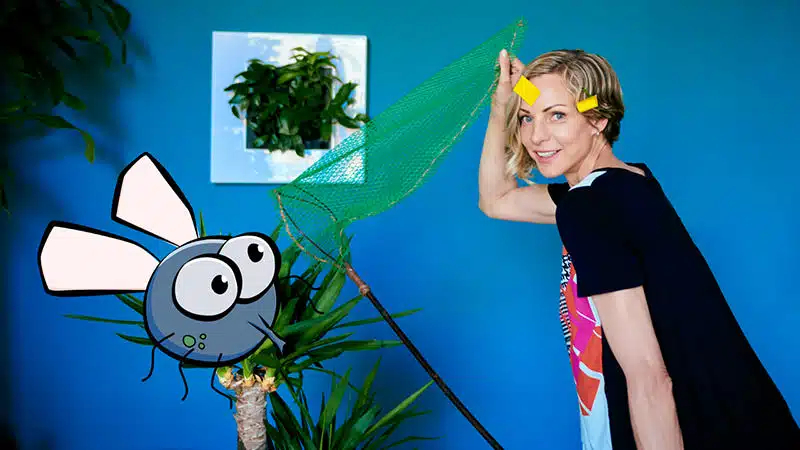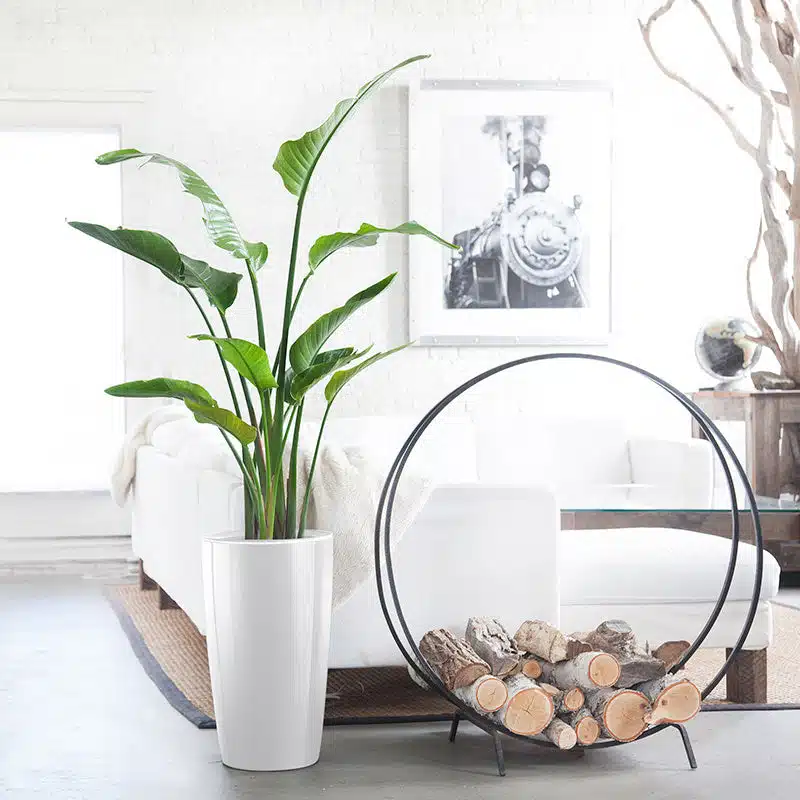Are your indoor plants drowning or dying of thirst? Don’t let watering woes wilt your green dreams! Discover how a simple tool – the soil moisture meter – can transform you into a confident plant parent. Learn to use it in three different ways:
1. 🎥 Watch and Learn
Visual learner? My step-by-step video guide shows you exactly how to use a soil moisture meter. See it in action and never second-guess your watering routine again!
2. 🎧 Listen While You Tend
Tune in to our hydration-happy Green Chat Podcast episode, where our robo-hosts 🤖 (their moisture sensors are still calibrating, so bear with us!) dive into the world of perfect plant watering. It’s like a watering masterclass for your ears! 👂
3. 📖 Read and Reference
Prefer to soak up knowledge at your own pace? Scroll down for my comprehensive written guide. I’ll walk you through choosing, using, and interpreting your soil moisture meter, ensuring your plants get just the right amount of water.
Choose your preferred format, and let’s turn your home into a thriving indoor oasis! 🌿💧
Indoor plants are a wonderful addition to any home, but keeping them alive and healthy can be a challenging task. One of the most common mistakes made by new plant owners is overwatering or under-watering, which can cause stunted growth or even death.
Fortunately, there is a tool that can help you avoid these issues and become a more confident plant parent – a soil moisture meter for plants!
A soil moisture meter for plants is a simple and affordable device that can be a game-changer for your houseplants. In this blog post, we will discuss the importance of soil moisture meters for houseplant beginners, how to use them, and their benefits.
Why use a soil moisture meter for houseplants?
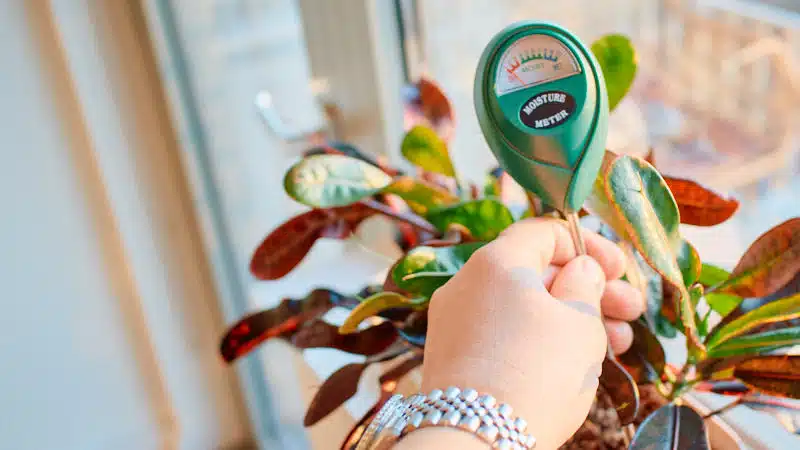
As mentioned earlier, overwatering and underwatering are common mistakes made by new plant owners. A soil moisture meter for plants takes the guesswork out of watering, helping you to determine when it’s time to water and when it’s not. This prevents the plant from suffering from waterlogged soil or drying out completely, which can lead to stunted growth or even death.
How to use a soil moisture meter for houseplants?
Using a soil moisture meter is an easy way to make sure your houseplants are getting the right amount of water.
Testing Frequency
We recommend testing the soil with the soil moisture meter every 7 – 10 days. Testing frequency depends on the size of your plant. Smaller plants need to be tested more frequently as the soil in smaller pots dries out faster.
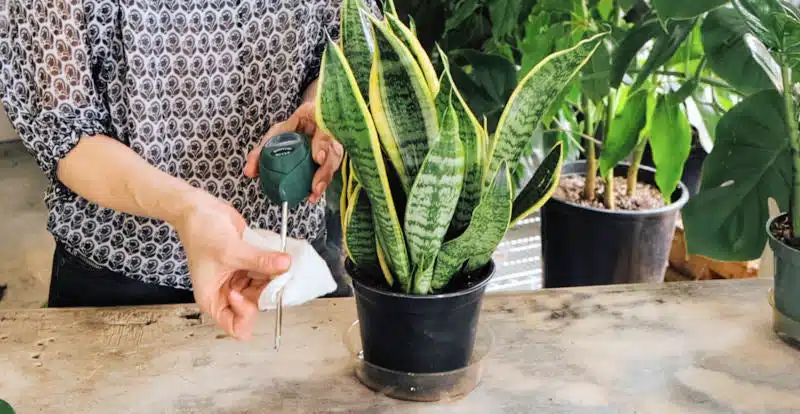
IMPORTANT: DO NOT keep the meter in the soil. Use it only to test the soil, clean it after each use and put it aside.
How to use a soil moisture meter for houseplants BEFORE watering to avoid over or under-watering issues:
STEP 1 – Insert the probe into the soil
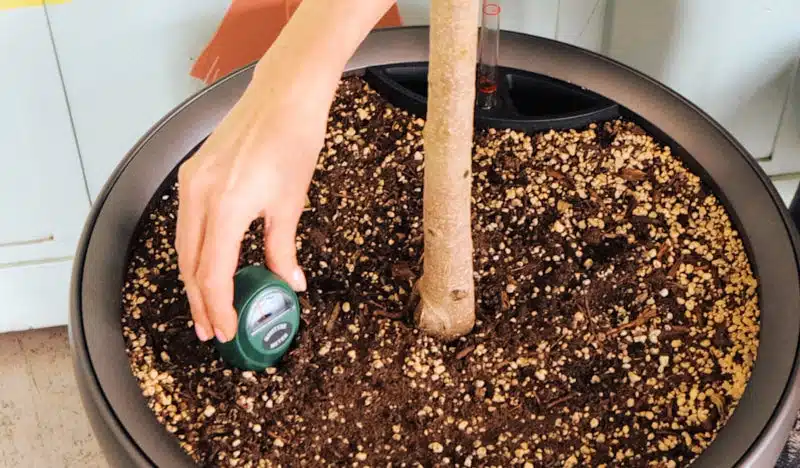
Insert the probe of the plant moisture meter into the soil as deep as you can around the plant in a few spots, close to the plant’s stems, and without hitting the bottom of the pot. Wipe it clean before testing each spot.
STEP 2 – Read the moisture levels on the gauge
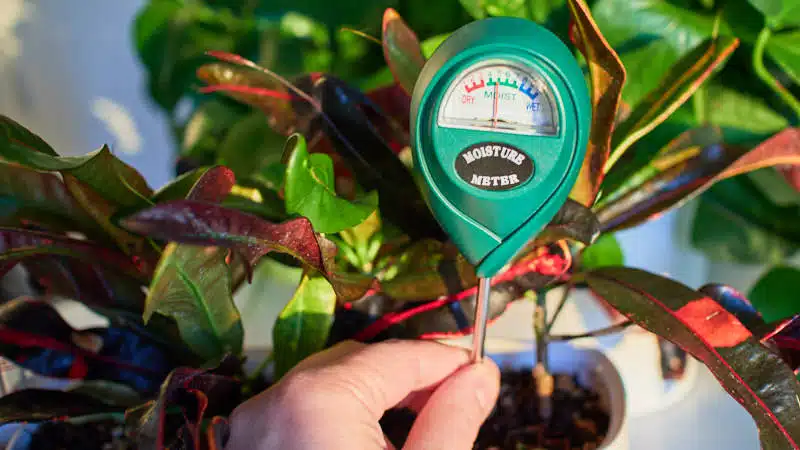
The moisture levels are indicated by a gauge on the soil moisture meter. It usually ranges from dry to wet or from 1 to 10, depending on the type of moisture meter.
STEP 3 – Interpret the results
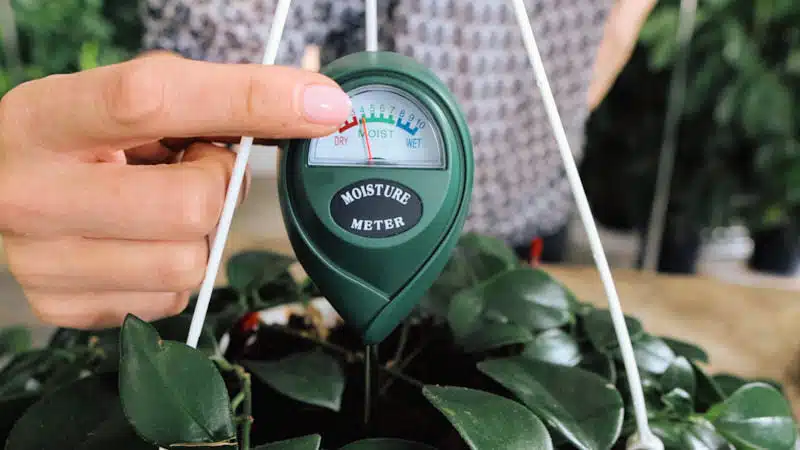
Moisture-loving plants like Bird of Paradise or Palms should be watered when the soil is slightly moist still, whereas plants like Snake plants, ZZ plants, and Succulents need to be watered when the soil is completely dry.
Learn about your plant watering preference and, if the meter reading is in the suggested moisture level for your plant type, or below, water the plant. If the reading is above the suggested moisture level, wait for a few more days and test the soil again.
If one side of a plant is dry but another is still wet, water a little just the dry side.
AFTER watering meter readings should go up to the 8-10 zone.
Soil moisture meter chart for common houseplants

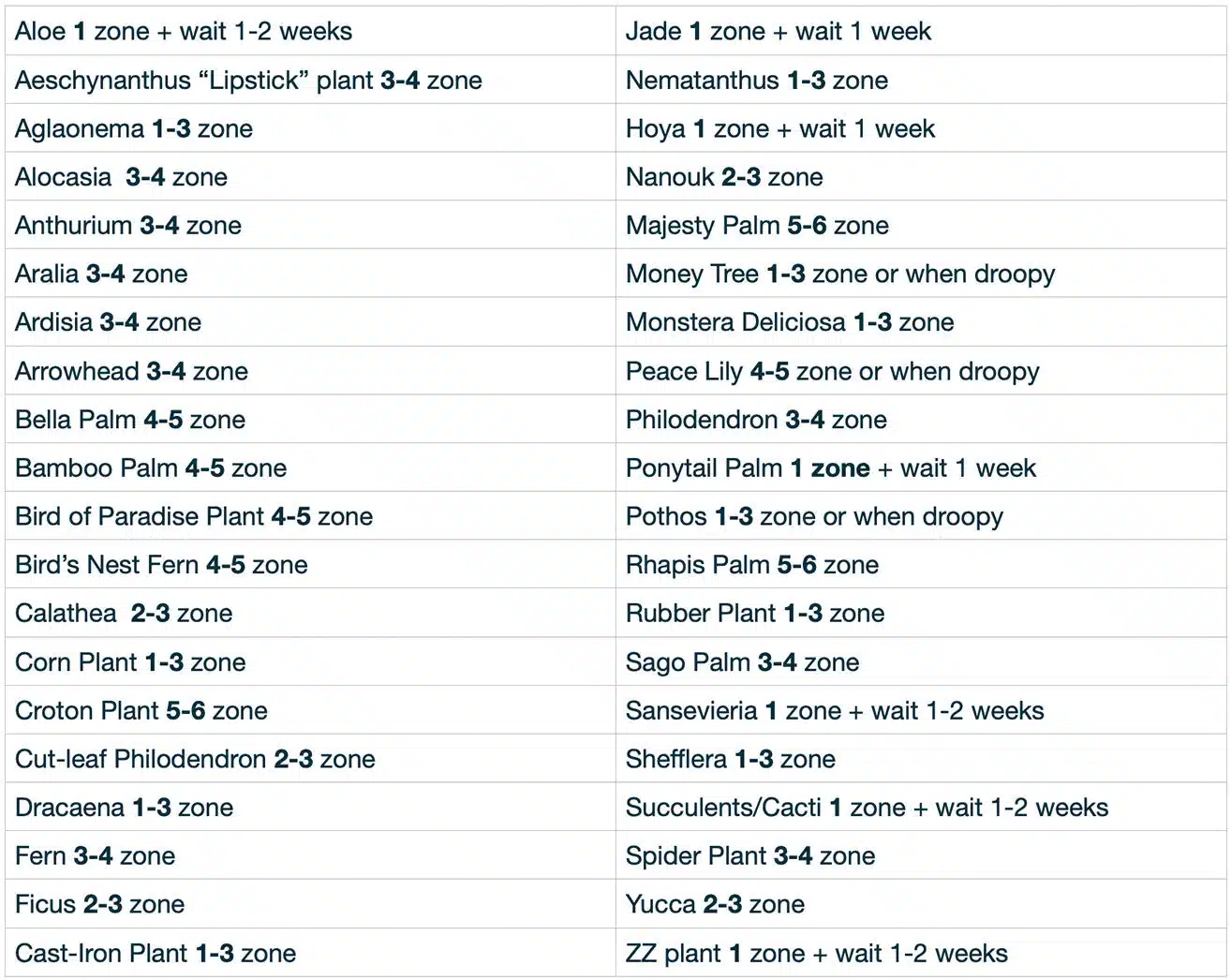
Watering Zone Meter
Learn the optimal watering zones for common houseplants
1 2 3
4 5 6 7
8 9 10
NOTE: this chart of recommended soil moisture zones for common houseplants is made and updated by our professional plant care specialists with decades of plant care experience here in New York.
How to use the plant moisture meter for plants AFTER watering to make sure you use enough water, your plant is watered well and water has reached lower roots.
- After you water your plant, wait for 15-20minutes and check the soil.
- Stick the meter probe in the soil as deep as possible without hitting the bottom of the pot.
- If the plant moisture meter reading is in the blue wet zone, the plant is watered well!
- If the soil moisture meter reading is still anywhere between zone 1 and 7, add a little more water, wait, and test the soil again. Repeat until the meter reading is in the blue wet zone.
IMPORTANT: DO NOT keep the meter in the soil while watering. Use it only to test the soil!! Don’t forget to clean the tool after and put it aside.
Benefits of using a soil moisture meter for houseplants
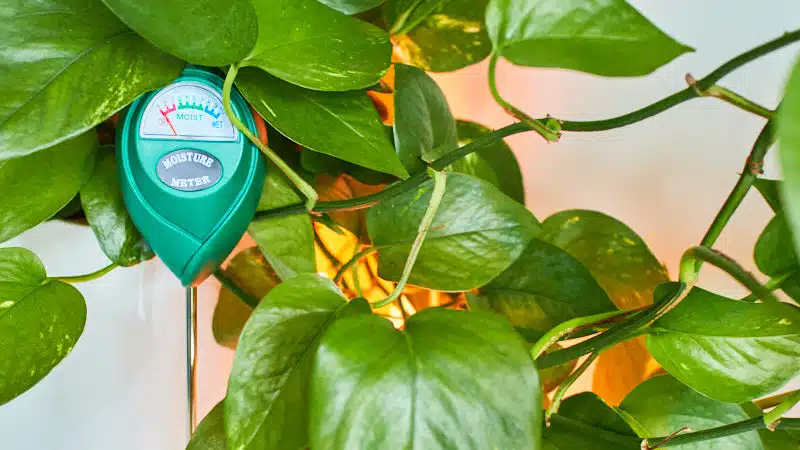
Prevents Over and Under Watering
By using a soil moisture meter, you will be able to ensure that your houseplants are getting the right amount of water, preventing over and underwatering.
Promotes Healthy Growth
By using a soil moisture meter for plants, you will be providing your plants with the optimal environment for growth, leading to healthier and happier plants.
Saves Time and Money
By using a soil moisture meter, you will avoid the cost of replacing dead plants.
In conclusion, using a soil moisture meter is an easy and effective way to ensure that your houseplants are getting the right amount of water. By following the simple steps mentioned above, you will be able to prevent over and underwatering, save time and money, and promote healthy growth. So, go ahead and get yourself a plant moisture meter, and become a green-thumbed plant parent in no time!
Why does my soil moisture meter consistently tell me I need to water even though I just watered my plant?
If your soil moisture meter reads dry soon after watering, it could be due to several factors:
-Root bound plant;
-Too much sand or drainage-improving materials;
-Incorrect insertion of the meter;
-Faulty soil moisture meter;
-Hydrophobic soil;
-Using too little water.
Test your meter outdoors or with different plants to rule out a malfunction.
Should all plants be in the blue zone after watering?
Yes, after watering, the soil moisture meter should show that the soil is in the wet zone (blue). Just make sure the soil is dry enough before watering.
How deep should I insert the moisture meter, and how can I avoid damaging the roots?
Insert the meter as deep as possible without hitting the bottom of the pot. To avoid damaging roots, find a spot where the meter can be inserted without resistance. If that’s not possible, your plant might be root bound.
Why does the guide that comes with my moisture meter seem incorrect?
Some moisture meter guides can be inaccurate. It’s best to refer to more detailed and reliable guides, like the one we provide on our website.
Can I leave the soil moisture meter in the soil for continuous reading?
Do not leave the moisture meter in the soil. The tip of the meter is sensitive and can rust or get damaged if left in the soil, leading to inaccurate readings.
What should I do if my soil moisture meter is not giving accurate readings?
If your meter readings do not make sense, it might be for a few reasons:
-Root bound plant;
-Too much sand or drainage-improving materials;
-Incorrect insertion of the meter;
-Faulty soil moisture meter;
-Hydrophobic soil.
You can test it outdoors with moist soil or consider purchasing a new one.
How long should I leave the moisture meter in the soil before taking a reading?
An instant reading is typically sufficient. There’s no need to leave the meter in the soil for an extended period.
What should I do if one side of the pot is dry and the other is wet?
For tropical foliage plants, water just the dry side. For succulents or ZZ plants, wait for the entire soil to dry out before watering again.
Share this post👇
My City Plants is an online indoor plant shop – design studio located in New York City. We specialize in indoor plants potted in stylish self-watering planters and helping homes and businesses to look and feel more peaceful, stylish, and comfortable. Our dedicated plant delivery NYC service guarantees that your chosen plants are delivered directly to your door, perfectly prepared to beautify your environment.




